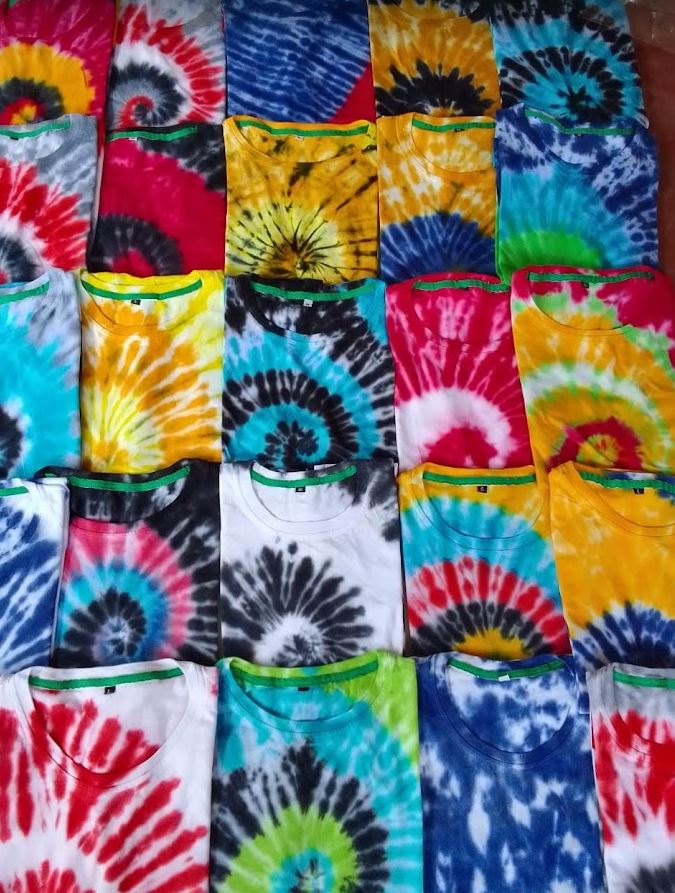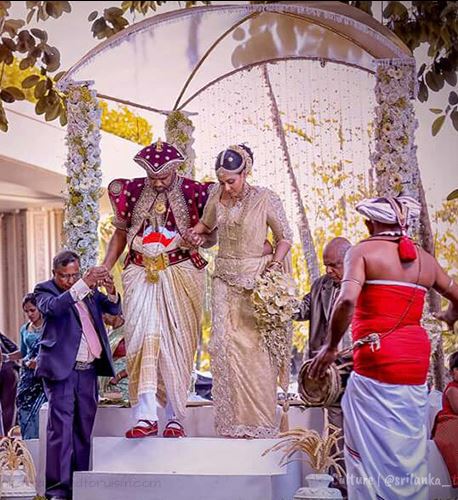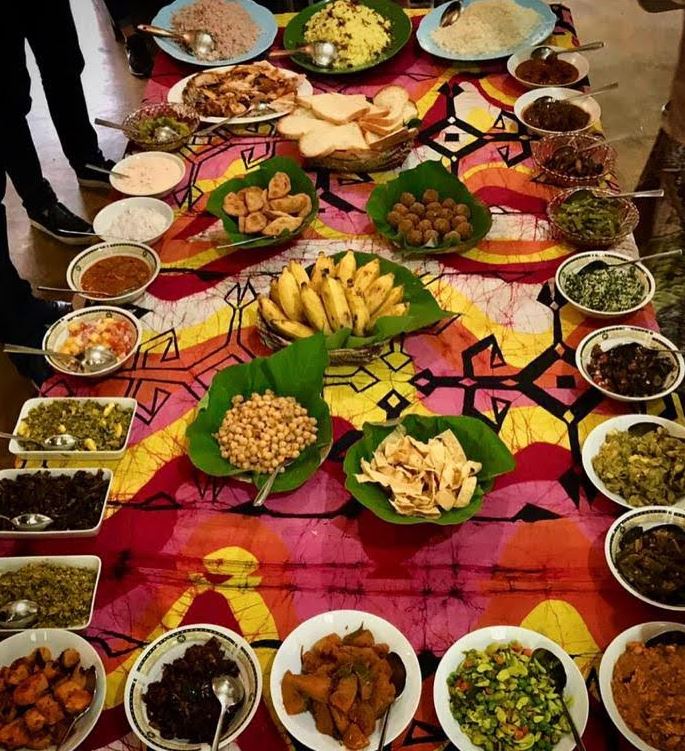Sri Lanka Traditional



Sri Lanka’s traditions are deeply rooted in its rich history, diverse cultures, and religious practices. The island’s traditional customs, arts, and festivals reflect a blend of influences from its main ethnic groups—Sinhalese, Tamil, Moor, and Burgher—each contributing to the vibrant cultural heritage of the country.
Day Tours to Main Cultural Sites
There are many Cultural Heritage sites to see Sri Lanka Traditional. Most famous places are Anuradhapura, Polonnaruwa, Kandy and Sigiriya.
1. Traditional Clothing
- Sinhalese:
- Men: The traditional attire for Sinhalese men is the Sarong or Sarama, often worn with a loose shirt or a jacket called the Kabakuruthuwa. For special occasions, they may wear the National Dress, which includes a long white sarong and a long-sleeved tunic.
- Women: Sinhalese women traditionally wear the Kandyan sari (Osariya), a uniquely draped version of the sari with a puffed sleeve blouse. The Redda and Hatte is another traditional dress, particularly worn by women in rural areas, which consists of a long skirt and a blouse.
- Tamils:
- Men: Tamil men traditionally wear the Veshti or Dhoti, a long white cloth wrapped around the waist, paired with a shirt or kurta. During ceremonies, they might wear an angavastram, a shawl draped over the shoulders.
- Women: Tamil women wear the sari, with different draping styles like the Madisaar for married women, especially during religious rituals. Young girls often wear the Pavadai Davani or half-sari, which is a skirt, blouse, and a draped shawl.
- Muslims (Moors):
- Men: Muslim men typically wear the sarong, along with a shirt or a long tunic called a Jubba. For prayers, many men wear a white cap known as a Topi.
- Women: Muslim women traditionally wear the Abaya, a black cloak that covers the entire body, along with a Hijab (headscarf). Some may also wear the Burqa or Niqab, which covers the face.
- Burghers:
- Men and Women: The Burgher community often wears Western-style clothing due to their European heritage. However, they may also wear sarongs and saris during traditional ceremonies or cultural events.
2. Traditional Music and Dance
- Kandyan Dance: A classical dance form originating from the Kandyan kingdom, characterized by energetic movements, intricate footwork, and elaborate costumes. It’s often performed during Peraheras (processions) and other cultural festivals.
- Low Country Dance: A traditional dance from the coastal regions, performed to appease gods and ward off evil spirits. The dancers wear masks and colorful costumes, and the dance is accompanied by rhythmic drumming.
- Bharatanatyam: A classical Tamil dance form performed mainly by Tamil women. It is deeply rooted in Hindu religious themes and is known for its intricate hand gestures, facial expressions, and rhythmic footwork.
- Nadagam and Kolam: Traditional folk dramas that combine music, dance, and storytelling. Nadagam originated from South Indian influences and is a form of musical drama, while Kolam is a mask dance-drama traditionally performed to entertain and bless the village.
3. Traditional Festivals
- Sinhala and Tamil New Year (Aluth Avurudda): Celebrated in April, this is one of the most significant festivals for both the Sinhalese and Tamil communities. It marks the end of the harvest season and the beginning of the new year, observed with various rituals, traditional games, and feasts.
- Vesak: Celebrating the birth, enlightenment, and death of the Buddha, Vesak is the most important Buddhist festival in Sri Lanka. It’s marked by lighting lanterns, visiting temples, and participating in religious activities.
- Deepavali: Known as the Festival of Lights, Deepavali is celebrated by Hindus in Sri Lanka. Homes are decorated with lamps and rangoli designs, and it is a time for family gatherings, prayers, and festive meals.
- Mawlid al-Nabi: The birthday of the Prophet Muhammad, observed by the Muslim community with prayers, processions, and charitable activities.
- Christmas: Celebrated by Christians, Christmas in Sri Lanka is marked by church services, caroling, and festive decorations. The Burgher community, in particular, has unique traditions like Christmas cake and Breudher (a special type of bread).
4. Traditional Crafts
- Mask Making: Traditional masks, used in rituals, dances, and festivals, are intricately carved and painted by craftsmen, particularly in the southern regions of Ambalangoda.
- Lacquer Work (Laksha): A traditional craft involving the application of colored lacquer to wood, creating intricate designs. This art form is often used to decorate objects like jewelry boxes and walking sticks.
- Weaving and Handloom: Sri Lanka has a rich tradition of handloom weaving, producing textiles like sarongs, sarongs, and handwoven fabrics used for clothing and household items.
- Pottery: Traditional pottery is still practiced in rural areas, with clay pots, vases, and other earthenware items made for daily use and ceremonial purposes.
- Batiks: Sri Lankan batik is known for its vibrant colors and intricate patterns, used to create clothing, wall hangings, and other decorative items.
5. Traditional Cuisine
- Rice and Curry: The staple food of Sri Lanka, consisting of rice served with a variety of curries made from vegetables, fish, or meat. Coconut milk and a range of spices are key ingredients.
- Hoppers (Appa): A type of pancake made from fermented rice flour, typically eaten for breakfast or dinner. Variations include plain hoppers, egg hoppers, and string hoppers.
- Kottu Roti: A popular street food, made by stir-frying chopped roti (flatbread) with vegetables, meat, eggs, and spices.
- Kiribath (Milk Rice): A traditional dish made by cooking rice with coconut milk, often served at auspicious occasions and ceremonies.
- Lamprais: A Dutch-Burgher dish consisting of rice boiled in stock, accompanied by various curries, sambols, and fried meatballs, all wrapped in a banana leaf and baked.
- Sweets: Traditional sweets include Kevum (oil cakes), Kokis (crispy fried treats), and Watalappam (a coconut custard pudding with Malay origins).
6. Traditional Religious Practices
- Buddhist Rituals: Daily rituals include offerings of flowers, incense, and oil lamps at temples. Poya Days (full moon days) are significant in the Buddhist calendar, marked by visits to temples, meditation, and abstinence from worldly pleasures.
- Hindu Rituals: Tamil Hindus observe daily prayers and rituals at home and in temples, with special pujas (worship ceremonies) during festivals like Thaipusam and Navaratri.
- Islamic Practices: The Muslim community in Sri Lanka observes the five daily prayers, fasting during Ramadan, and other Islamic rites such as Zakat (charity) and Hajj (pilgrimage).
- Christian Practices: Christians, particularly Roman Catholics, have a rich tradition of rituals, including the celebration of the Eucharist, baptisms, and weddings in churches, with significant festivals like Easter and Christmas.
Day Tour Price to Cultural Sites
- Transport Cost for Anuradhapura USD 95 – Polonnaruwa USD 95 – Sigiriya USD 70 per private tour in an A/C car or van with an English speaking chauffeur-guide
Vehicle Options:
Car (up to 2 persons): Toyota Axio, Prius Hybrid, Premio/Honda Fit Shuttle or similar
Van (3 to 6 persons): Toyota KDH/Nissan Caravan or similar
- Entrance ticket fee for Anuradhapura/Polonnaruwa/Sigiriya Sri Lanka – Ticket price for each place US$ 35 / EUR 31 / GBP 26) per foreign adult and US$ 17 / EUR 16 / GBP 13 ticket price per foreign child of age 05 – 12 years are applicable.
